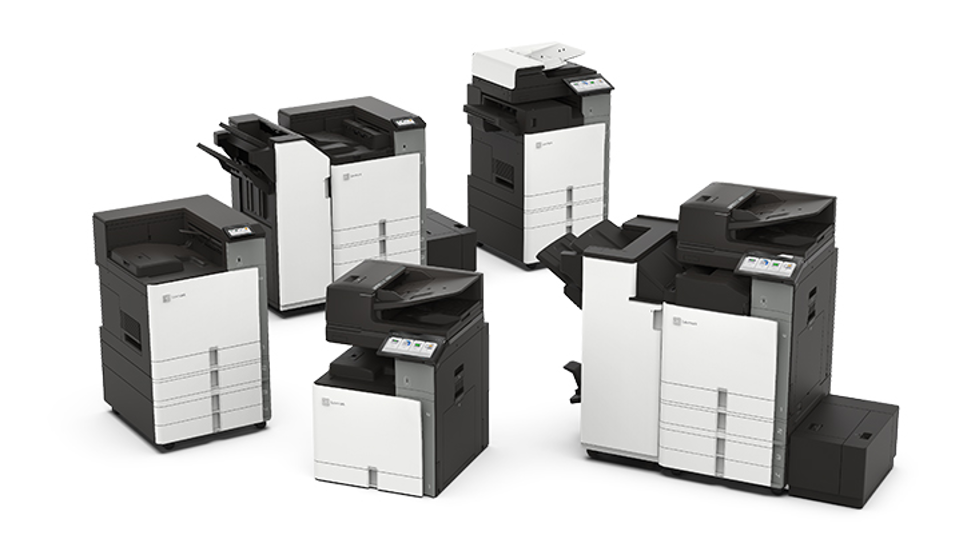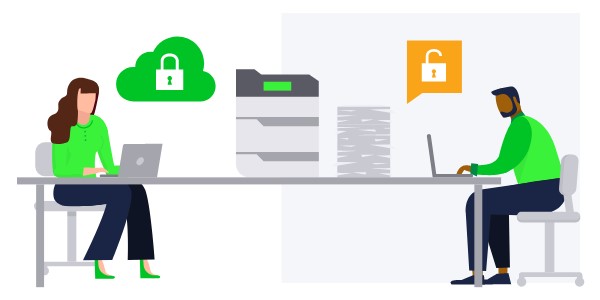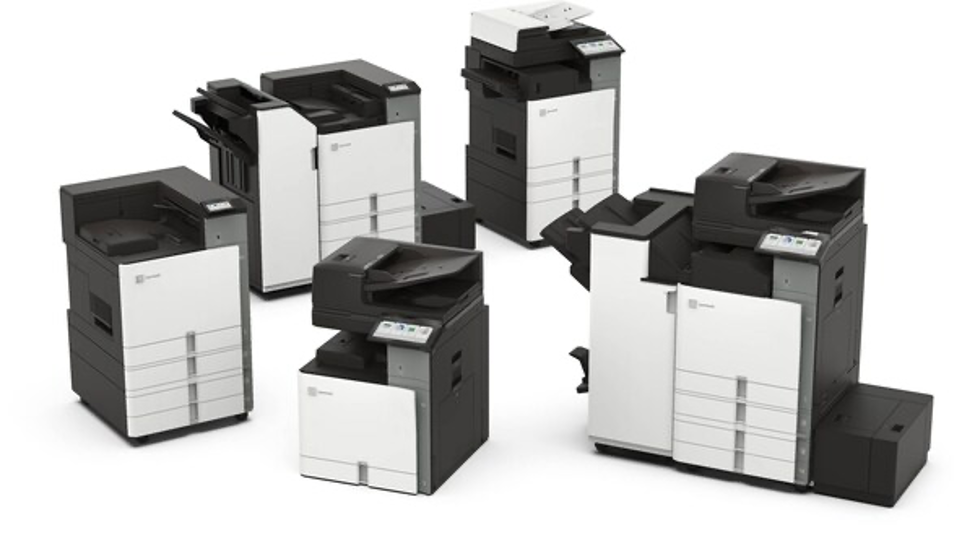The following appears on zdnet.com
Indonesian history marked 2006 as an important milestone, when Lexmark International began spurring the market with its managed print services (MPS) business.
Lexmark recently showcased its latest product portfolio with hardware, software, and ![]() integrated services combined as a solution for the Indonesia market. It conveyed the message that it turned itself into a managed print services company in 2006, and has been one of the leading providers ever since.
integrated services combined as a solution for the Indonesia market. It conveyed the message that it turned itself into a managed print services company in 2006, and has been one of the leading providers ever since.
In an event entitled Redefining Solutions: Lexmark Print Management and eSF Applications, it said it is strengthening its share in Indonesia by introducing a series of best solutions for the enterprise segment, serving banking, insurance, manufacturing, healthcare, public sector, and retail businesses.
Quite a broad selection of mid- to high-end products — varied from monochrome and colour laser printers as well as monochrome and colour laser multifunction printers offered to small, medium, and large workgroups — was displayed at this half-day event.
Spinning off from IBM back in 1991, Lexmark remained a printer manufacturer until it realized that the hardware business would no longer sustain the company in the long run. 2003 was the year when the flagship pivoted into an MPS provider, and three years ago, by making another turn, it transformed itself into a document, print management, and business solutions provider.
Acquiring 10 software companies in 2012, it intends to enrich its product and service line-up. Accompanied by 3,000 R&D resources, it is ready to serve countries worldwide — 17 of them in Asia-Pacific region.
As few players have been in the sphere, the late-entrant lethal weapon is blending and combining the wide range of software and platforms it got hold of into three platforms to cater for what the market really needs. Reporting a $4 billion revenue turnover, it claims to have a 95 percent contract renewal rate across the world, with the FBI, the CIA, and nine out of 10 big banks in the US joining its clientele.
Asia-Pacific general manager for Enterprise Sales and Services Lee Lee Ken revealed that the company keeps its position in the market through so-called “disruptive technologies” providing cost-savings solutions by optimizing existing infrastructure and devices, implementing document solution, and understanding the prospects of business process, driving efficiency and improving productivity within the enterprise.
“Research tells us many companies spend 1 to 6 percent of its total annual revenue for photocopying and printing purposes. From our perspective, 1 percent is such an amount, let alone the paper itself,” she said, citing a study by Gartner and InfoTrends.
Take a look at one of the software packages demoed, Perceptive: It’s applied within each stage of a document’s lifecycle, from capture, content, and processing to archival.
In lieu of business process management, customers are entitled to attain consultant services from Lexmark’s end. If six months have passed, and the customer isn’t satisfied, they can just end it. However, there is a minimum fee borne by the customer.
To give you an idea of some the solutions being brought on deck, below we’ve outlined two of them.
End-to-end banking workflow solutions: “Lexmark Distributed Intelligent Capture” (LDIC)
LDIC will allow users to scan hard-copy documents by inserting them from an entry point. Then, the data extraction process is rolled out automatically in such a way as to distribute the result to required applications.


